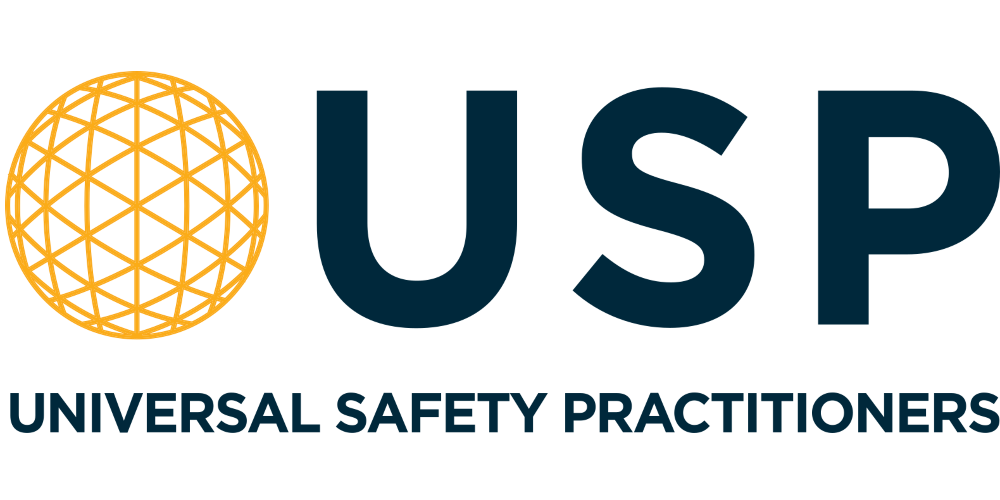Is a Permit-to-Work System Important?


In 2020, over 140 people were killed at work, and over 65,420 severe injuries were reported. Since the 1970s, the number of workers involved in fatal and non-fatal accidents in the workplace has been decreasing – yet, there is still a lot of work to do to reduce the number of casualties.
Since a large percentage of work-related accidents can be prevented, it is in the hands of managers and employees to create a workplace that is safer for everyone. Tools such as Permit-to-Work Systems play a vital role in guaranteeing that the work is carried out safely and efficiently. Here is why these systems are becoming increasingly important.
What Is a Permit-To-Work System?
Permit-To-Work (PTW) Systems are management systems created and deployed to regulate work operations. In hazardous industries, PTWs are the core element of the Safe System of Work and they are used to define procedures to make work safe and efficient. Permit-To-Work Systems define the procedures necessary to de-conflict, authorise, review, and request tasks in non-standard and hazardous conditions.
Permit-to-work systems usually take into consideration:
- Human factors such as training, attitude, fatigue, and stress
- Work permit management and permit training
- Low-skill workforce and incompetence
- Types of work permits required, their objectives, and their content
Where Is a Permit-To-Work System Used?
Permit-to-work systems are used in work sites subjected to severe hazards. For example, those industries that handle corrosive chemicals, explosives, or energised electrical conductors will use PTW systems. These documents are used to allow for hazardous procedures and increase work safety in certain environments. These include:
- Lock out and shut down procedures
- Tag-out
- Vessel entry
- Cutting pipes
- Safe isolation
- Convinced spaces
- Loose valve fittings
Thanks to PTWs, frontline workers can reduce the impact of human error, poor communication or coordination, surprise hazards, and malfunctioning machinery.
What Does a Permit-To-Work System Look Like?
Permit-To-Work Systems are formal written documents that need to be filled in and safely stored. In PTWs, you will find descriptions of hazardous work, guidelines to carry tasks out, and precautions to be taken. By training all employees on how to find the necessary documents, fill them in, record important details, and read them, PTWs can streamline tasks and increase workplace safety.
Is a Permit-To-Work System Important?
In hazardous industries, PTWs are vital to mitigate risk, improve communication and coordination, and identify hazards. The tested and reviewed work frames defined by a PTW can reduce human error, machine malfunctioning, and unexpected danger, which account for the main reasons behind work accidents. While PTW systems are important for everyone in the workplace, they are especially vital for those on the frontline handling delicate tasks with high levels of risk.
What Happens if You Get It Wrong?
When the PTW is wrong – or used improperly – major hazards could arise. Accidents such as the Piper Alpha fire in 1988 which caused the death of 167 men show us the importance of using PTW properly. In fact, using the wrong permit, failure to recognise hazards, relying on wrong information, or not following the instructions on the permit could translate into fatal accidents.
Key Aspects in the Permit-To-Work System
Each Permit-To-Work must be tailored to the specific industry and account for workplace-specific risks and hazards. Some of the elements that should be included are:
- Identification of hazard areas and hazardous work
- Identification of the scope of work and the risks that come with it
- Designation of frontline workers, authorised employees, and supervisors
- Ensuring proper training, communication, and collaboration
- Establish timeframes and protocols for Simultaneous Operations (SIMOPS)
- Monitoring, reviewing, and auditing PTWs
Increase Your Workplace Safety Today
Each permit-to-work system should be created based on the specific risks and hazards of the workplace and of its frontline employees. Here at Universal Safety Practitioners, we have almost three decades of experience in crafting tailored permit-to-work systems and providing PTW training for businesses in all industries. Get in touch today to discover how we can help you create a safer workplace.
